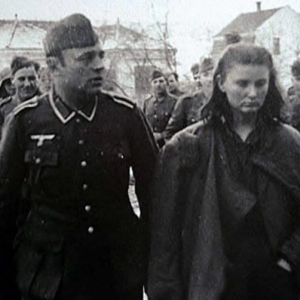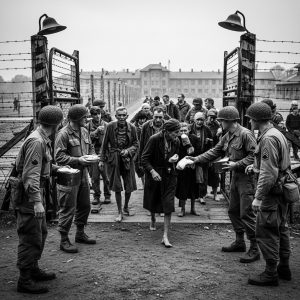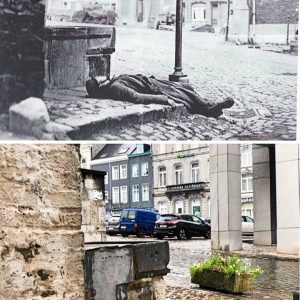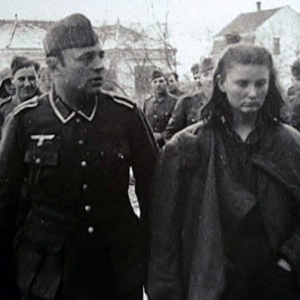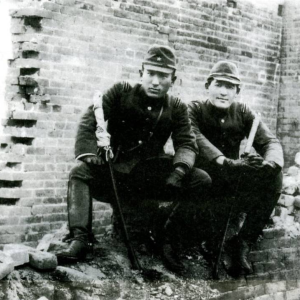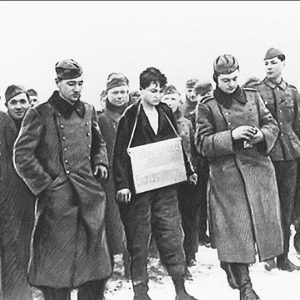🔥 The Day the Arsonists Became the Burned
The Hunt for the SS Soldiers Behind the Oradour-sur-Glane Massacre, France (1944)
On June 10, 1944, in the quiet French countryside, the small village of Oradour-sur-Glane vanished in fire and screams. Just four days after D-Day, when the world’s eyes were fixed on Normandy, another tragedy unfolded far from the beaches — one that would mark one of the darkest chapters in French history.
A German SS Panzer Division “Das Reich”, retreating north, entered Oradour under the pretext of punishing local resistance fighters. But there were no partisans there — only farmers, shopkeepers, mothers, and children. Within hours, 642 people were dead. The youngest victim was just a few months old.
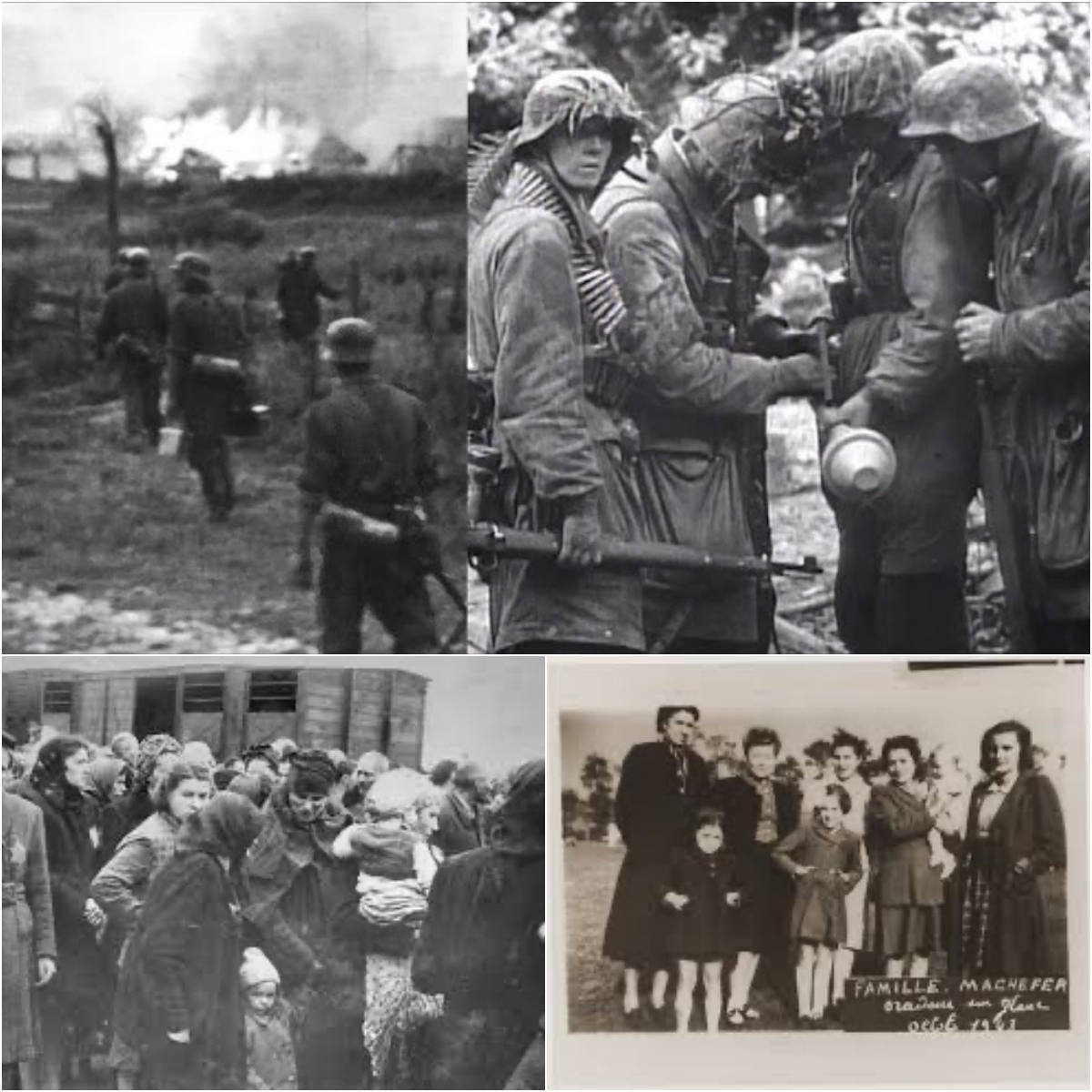
🩸 The Oradour Massacre: When Innocence Burned
The soldiers gathered all the men of the village into barns and garages. The women and children were locked inside the local church.
Then came the sound that would echo for generations — the hiss of torches, the rattle of gunfire, and the suffocating roar of flames. The barns were set ablaze; the church was filled with smoke and fire.
Those who tried to flee were shot on the spot.
When the soldiers left that evening, Oradour was no longer a village — it was a graveyard.
📷 The Photographs: Fragments of Truth
The composite image above captures the essence of that day:
-
In the top-left, soldiers advance toward the village as smoke rises — unaware they are walking into infamy.
-
The top-right shows SS troops preparing for their “operation,” cold and mechanical.
-
The bottom-left reflects the fate of countless victims: families herded like prisoners, clinging to their children.
-
And the bottom-right, a family photograph — a haunting symbol of what was lost.
These are not mere war photos; they are mirrors of morality, reminders of how civilization can crumble in the hands of cruelty.
⚖️ Justice and Reckoning
After the war, the ruins of Oradour-sur-Glane were left untouched by the French government, by order of Charles de Gaulle, as a permanent memorial.
In the 1950s and later again in the 1980s, trials were held against surviving SS soldiers — but many escaped justice. Some lived freely in Germany for decades, shielded by postwar politics and silence.
Still, France never forgot. Survivors’ testimonies became part of history lessons; the ruins became a national monument.
Every rusted bicycle, every burned sewing machine, every child’s toy found in the ashes speaks louder than any verdict.
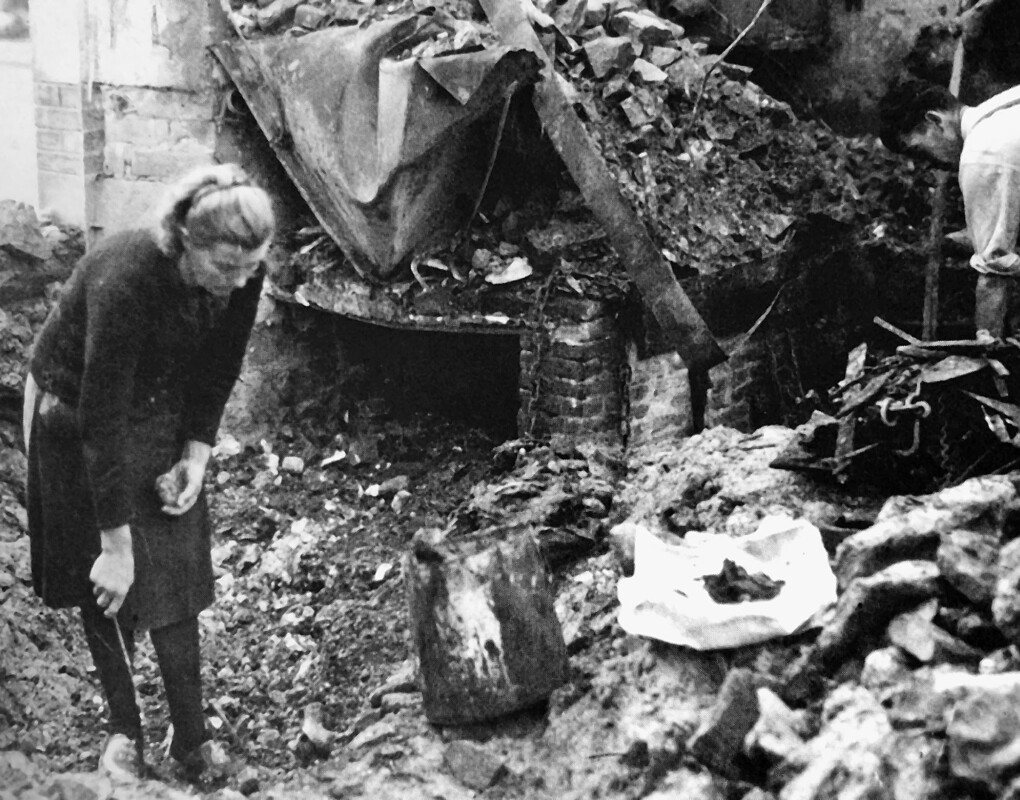
🕯️ Legacy of Memory
Today, Oradour-sur-Glane stands preserved in ruin — a ghost village, visited by thousands each year. The charred cars, melted church bells, and collapsed walls whisper the same warning:
“Hatred and indifference are the sparks that light the fires of history.”
It’s a lesson not just about the past, but about the present — about how easy it is to dehumanize, to follow orders blindly, to stay silent while others burn.
💬 A Human Message
The story of Oradour-sur-Glane is not only about horror. It is about the courage to remember.
About a nation that chose to preserve pain so that future generations could learn compassion.
About the moral duty of every human being — to stand up, to speak out, and to never forget.
📍 Closing Thought
Eighty years later, the ruins of Oradour still stand — not as ruins of stone, but as ruins of conscience.
🕊️ May their silence forever speak louder than our excuses.
